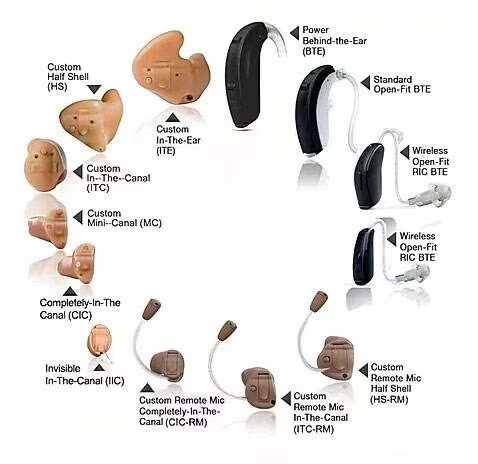Hearing Loss in Older Adults
January 01, 2024


Hearing tests measure how well you are able to hear. They can help diagnose hearing loss, how severe it is, and which part of your hearing isn't working properly.
Hearing depends on a series of steps that change sound waves into electrical signals that your brain understands as sounds. Hearing loss happens where there's a problem with any of these steps:
There are three main types of hearing loss:
Hearing loss in older adults is common. About one-third of adults over the age of 65 have some hearing loss, usually the sensorineural type. If you are diagnosed with hearing loss, there are steps you can take that may help treat or manage the condition.
Other names: audiometry; audiography, audiogram, sound test, audiologic tests

Hearing tests are used to check for hearing loss. The tests are also used to find out how severe hearing loss is and what type it is.
You may need a hearing test if you have signs of hearing loss, such as:
If your workplace is noisy, you may need to have your hearing checked every year.
If you use a hearing aid or had surgery for your hearing, you may need a hearing test to see whether your hearing has improved.
Your primary care provider may use a general screening test to check your hearing. This is usually a whisper test to see how well you can hear whispered words in each ear.
If the test shows you may have a hearing problem or if you notice you have trouble hearing, your provider may do more hearing tests or send you a hearing specialist, such as:
Hearing aid specialists can do basic hearing tests and fit you for hearing aids. If you have a hearing aid, tests can check whether it's helping you enough. If you're unsure where to have your hearing tested, talk with your primary care provider.
There are several types of hearing tests. These are some of the more common types:
Audiometry tests check your ability to hear tones or words at different pitches and volumes. For these tests, you'll put on headphones and sit in a soundproof room. The tests may include:
Tuning fork tests, also called bone conduction tests. These tests can help tell the difference between nerve problems in your inner ear (sensorineural hearing loss) and fluid or wax that's making it hard to hear (conductive hearing loss). They can also show if one ear hears better than the other.
A tuning fork is a two-pronged metal device. When it's tapped, it vibrates and makes a sound. Tuning forks are mostly used by primary care providers. Audiologists and otolaryngologists may use special devices to do bone conduction testing. The general steps are the same:
A tympanometry test checks to see how your eardrum and bones in your middle ear are working:
An otoacoustic emissions test (OAE) checks for damage in the hair cells in your cochlea:
You don't need any special preparations for a hearing test.
There is no risk to having a hearing test.
The results of hearing tests show if your hearing is normal or if you have hearing loss. You'll usually get your results right after your tests are done.
If you have hearing loss, the results will show how severe it is, which ear is affected more, and whether you have conductive, sensorineural, or both types of hearing loss:
In certain cases, more tests may be needed to diagnose the cause of the hearing loss. If you have questions about your test results, talk with your health care provider.
Learn more about laboratory tests, reference ranges, and understanding results.
Even mild hearing loss can make it difficult to understand normal speech. Because of this, many older adults will avoid social situations, leading to isolation and depression. Treating hearing loss can help prevent these problems. Treatment options include: